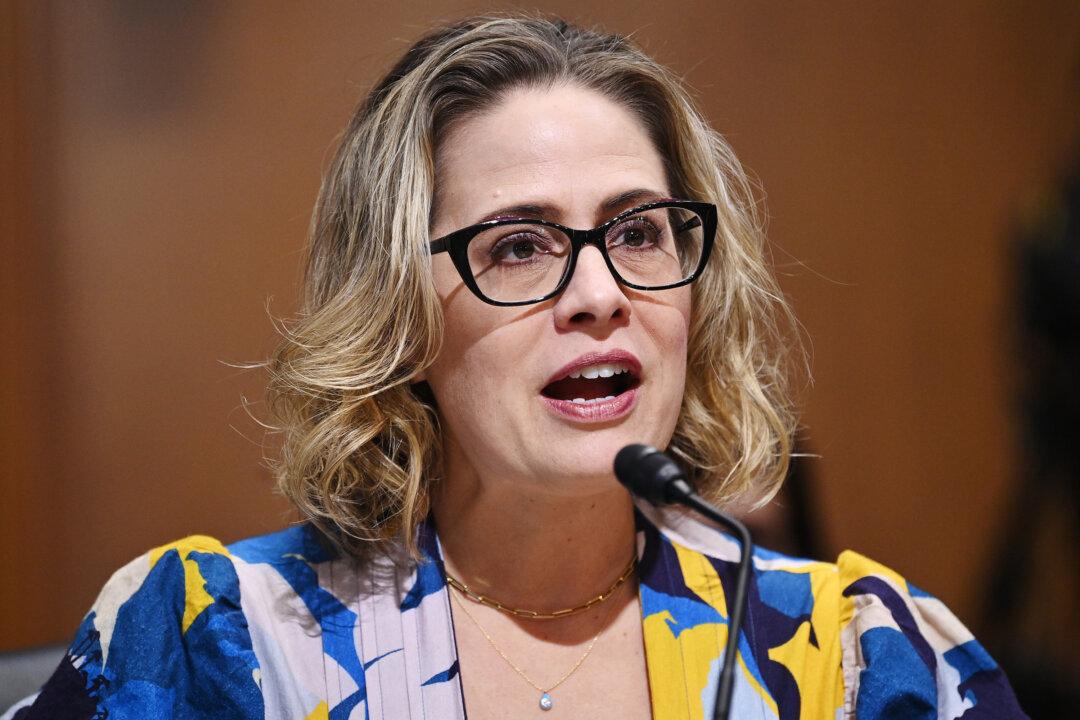News Analysis
Arizona Sen. Kyrsten Sinema’s announcement last week of her decision to make an official exit from the Democratic Party and register as an independent results from a number of disparate factors, including the direction of the party before, during, and since the midterm elections, and the prospects for an independent candidate in a state with a highly idiosyncratic political and demographic composition, experts on U.S. politics and elections have told The Epoch Times.





